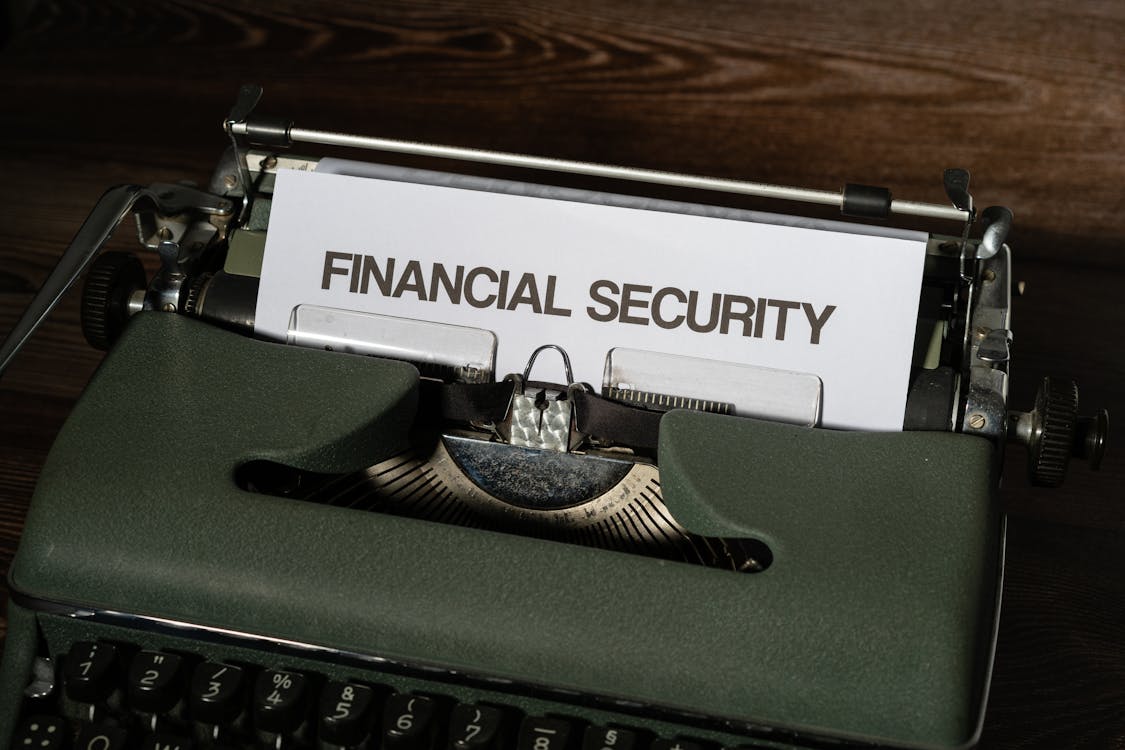Understanding the difference between assets and liabilities is essential to create, maintain, and grow wealth. Whether you’re just starting your journey to financial freedom or have been building wealth for many years, it pays to understand whether something is an asset or a liability.
Today, we’ll discuss how they differ and why it matters to achieve financial stability successfully. If your goal is to learn strategies for improving your current net worth and increasing future earnings potential, then this article is definitely for you.
Define assets and liabilities and explain how they affect your wealth
Table of Contents
An accurate understanding of assets and liabilities is crucial when assessing your financial situation. Assets refer to any items or investments that hold monetary value and can be monetised in the future, while liabilities represent debts or financial obligations one owes to others. The difference between these two categories of financial resources, also known as net worth, determines one’s overall wealth. In simpler terms, positive net worth is achieved when one has more assets than liabilities and vice versa.
Knowing this enables individuals and businesses to make informed financial decisions, including which assets to acquire or dispose of and how to manage their liabilities effectively. Mastering the concept of assets and liabilities is essential in building and preserving personal and business wealth. ADSS’ definition of an asset is a tangible or intangible financial instrument that can provide positive economic value and generate income. Examples of assets include real estate, stocks, bonds, intellectual property, and cash.
Identify the types of assets and liabilities available to you
There are various types of assets and liabilities that one can have. Assets can be categorised into two main categories: tangible and intangible assets. Tangible assets are physical items with monetary value, such as property, vehicles, equipment, and inventory.
On the other hand, intangible assets are non-physical resources with economic value, such as patents, trademarks, copyrights, and goodwill. It’s important to note that assets can also be categorised as liquid or illiquid, depending on how easily they can be converted into cash.
Liabilities, on the other hand, can be classified into two categories: current and long-term liabilities. Current liabilities are financial obligations due within one year, such as credit card debt, utility bills, and taxes. Long-term liabilities, however, refer to financial obligations extending beyond one year, including mortgages, car loans, and student loans.
How to determine what constitutes a good asset or liability
Not all assets and liabilities are created equal when building wealth and achieving financial stability. Some are more beneficial than others, and it’s essential to understand what makes a good asset or liability.
A good asset can generate income, appreciate value, or provide some other benefit. For example, owning properties that generate monthly rental income or investing in stocks that pay dividends are considered good assets. On the other hand, a liability can also be considered “good” if it helps increase your net worth, such as taking out a mortgage to purchase a property that will appreciate over time.
On the flip side, there are also bad assets and liabilities. A bad asset decreases in value over time, does not generate income, and may require additional expenses for maintenance. Examples of bad assets include expensive cars depreciating quickly or collectable items with limited resale potential. Similarly, a bad liability decreases your net worth and provides no benefits. It can consist of high-interest credit card debt or loans taken out for unnecessary purchases.
The pros and cons of investing in each type of asset or liability

Each type of asset and liability has pros and cons, and it’s essential to understand them before making any investment or financial decision. Some advantages of investing in tangible assets include the potential for appreciation in value, having a physical asset that can be used or enjoyed, and diversification of the portfolio. However, there are also downsides, such as the need for maintenance and the risk of depreciation.
On the other hand, intangible assets can provide benefits such as minimal maintenance needs, high potential for appreciation, and exclusive ownership rights. However, they also come with risks, such as being difficult to value accurately and potential legal disputes over ownership.
Regarding liabilities, some pros include acquiring assets that would otherwise not be affordable, having access to credit for emergencies, and the potential for tax deductions. However, the cons of liabilities include interest payments that can add up over time and the risk of defaulting on payments.
- 10 Trendy Black Nail Ideas To Elevate Your Nail Game - May 6, 2024
- IoT In Transportation And Logistics Today And Tomorrow - May 3, 2024
- Getting A Free Divorce In Virginia? Here’s What To Expect - April 24, 2024





No Comments